2018 Volkswagen Atlas Review: First Drive

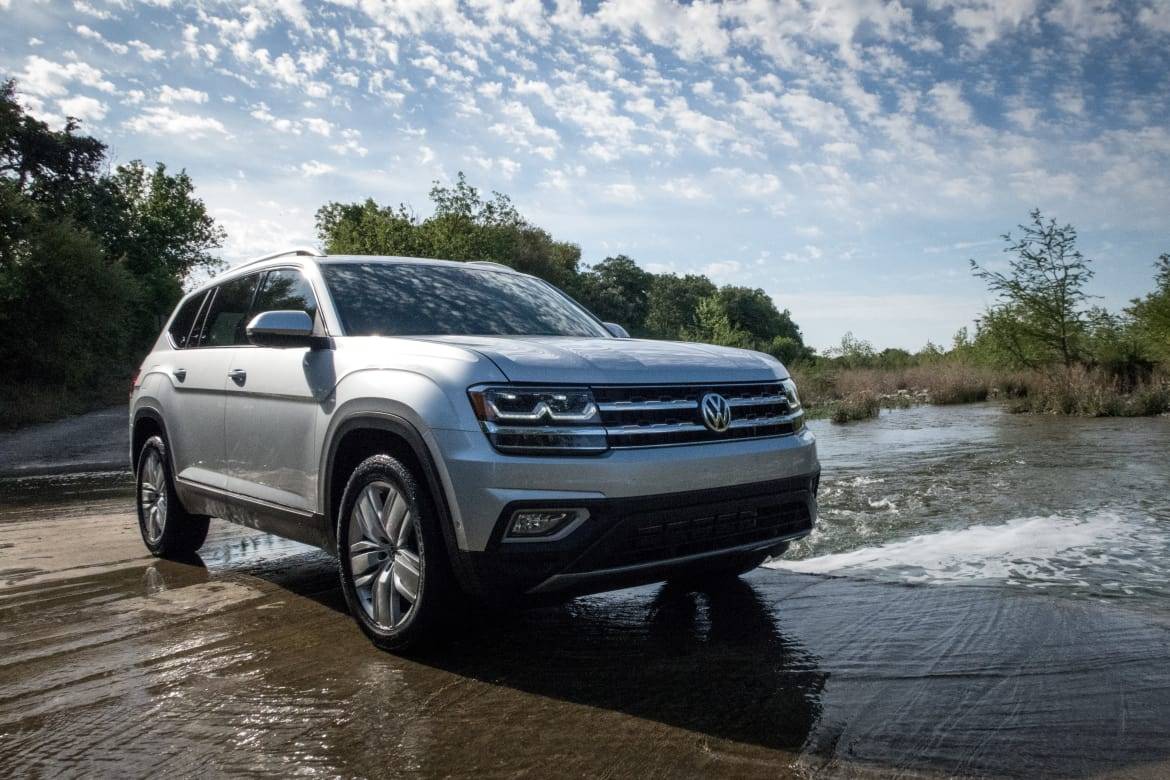
CARS.COM — The 2018 Atlas SUV is the biggest vehicle that Volkswagen has ever produced in the United States and its first to offer seven seats (unless you consider models like the Vanagon or Eurovan, and we encourage you not to). VW officials decline to say if the five-seat Touareg SUV will cease production now that the Atlas has arrived, revealing only that it will return for the 2018 model year.
Related: 2018 Volkswagen Atlas Video Review
The Atlas I tested was a top-of-the-line SEL Premium trim with all the bells and whistles, priced at $49,415. For a more detailed breakdown of the other trim levels and pricing information, click here.
Exterior
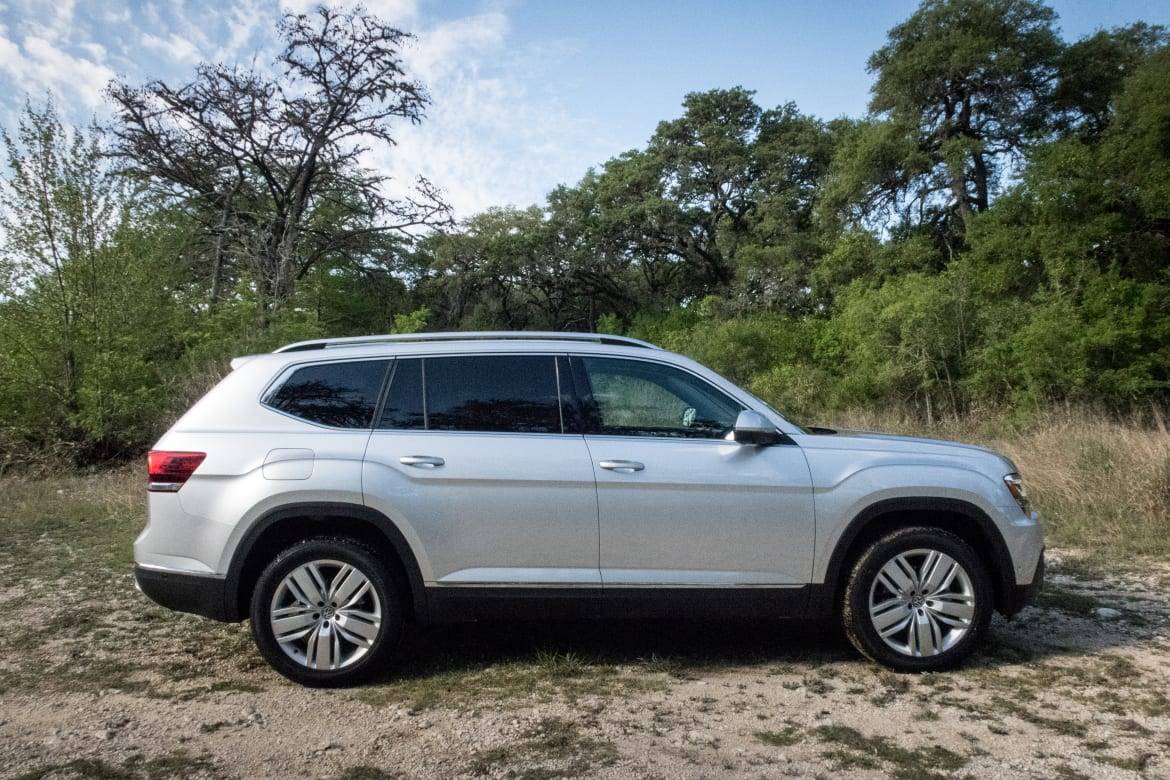
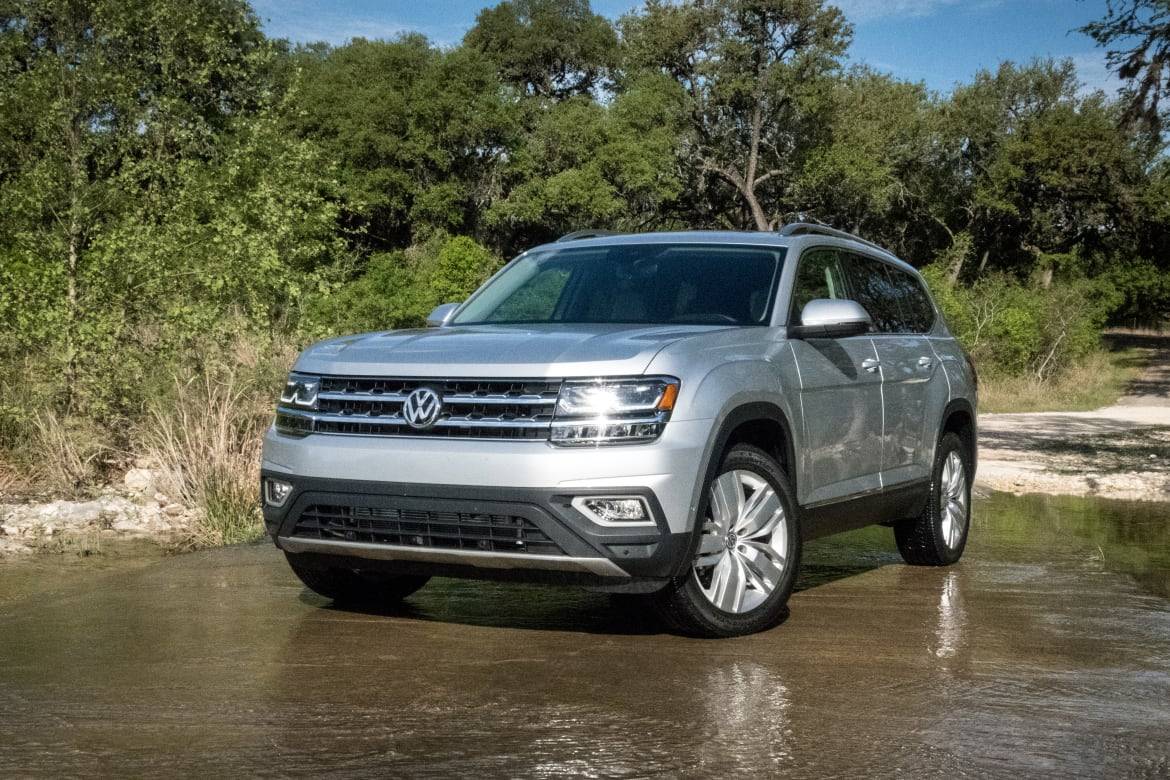
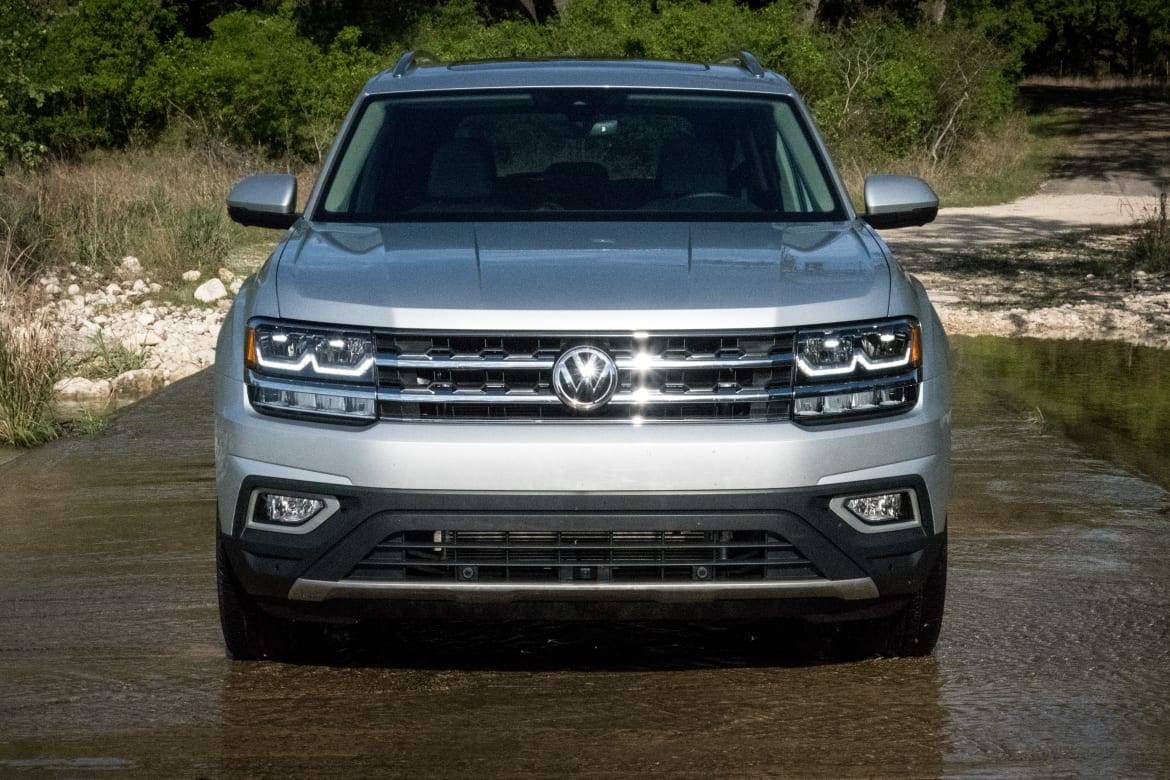
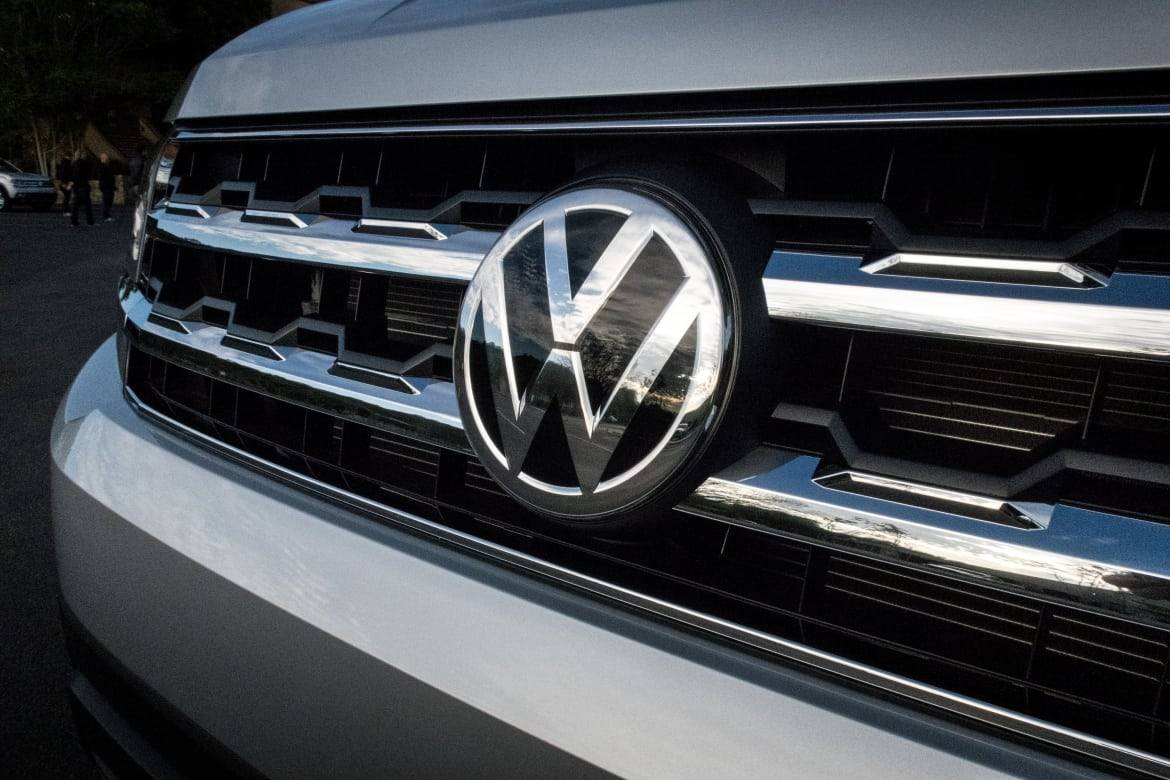
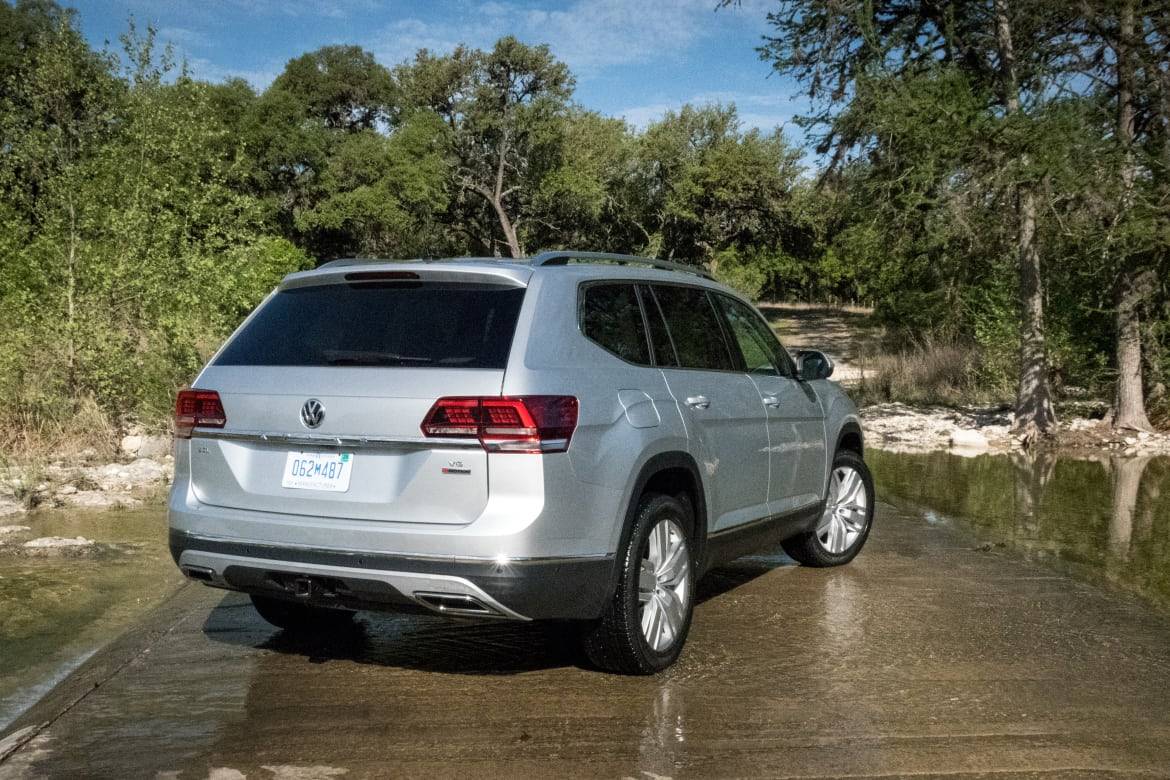
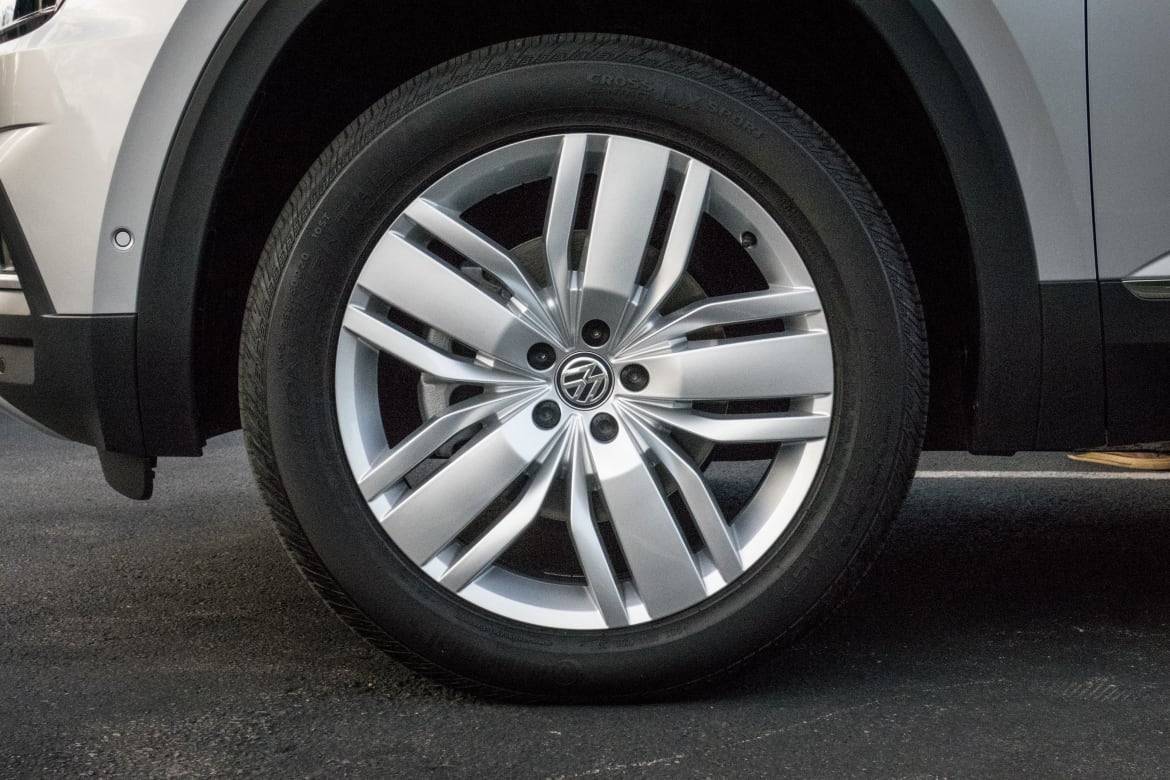
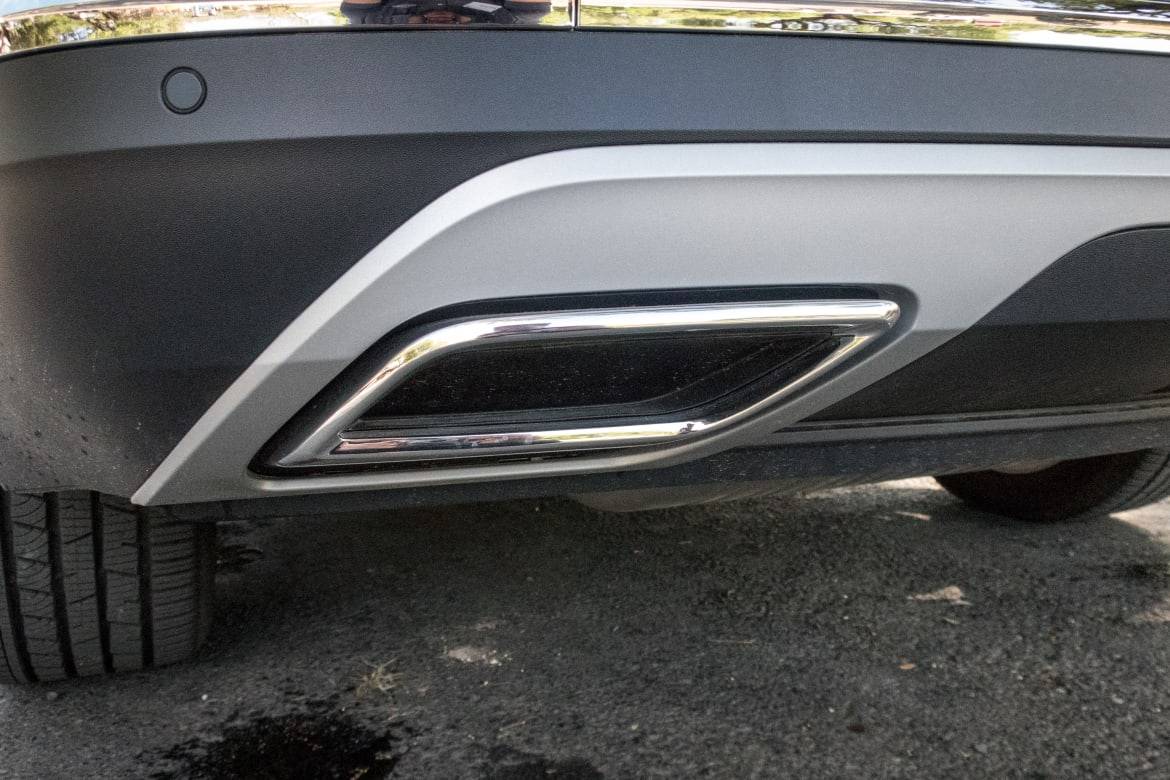







The Atlas doesn’t try to hide its size. From all angles, it looks the part of a big SUV. Its most noticeable styling cue is that front grille, which features (for lack of a better word) “teeth” that break it up and make the horizontal bars appear to have more depth to them. It’s a different look than is found on any of Volkswagen’s other vehicles, but the jury is still out on whether that means different good or different bad.
A prominent line in the Atlas’ bodywork runs down the sides and follows the shape of the wheel arches. It’s a welcome addition, without which the sides would look boring. The SEL Premium comes with standard 20-inch alloy wheels, while the other trim levels offer 18-inch aluminum-alloys. Though the 20-inch wheels do an okay job of filling out the large wheel wells, be forewarned that an 18-inch wheel is going to look rather small in there.
How It Drives
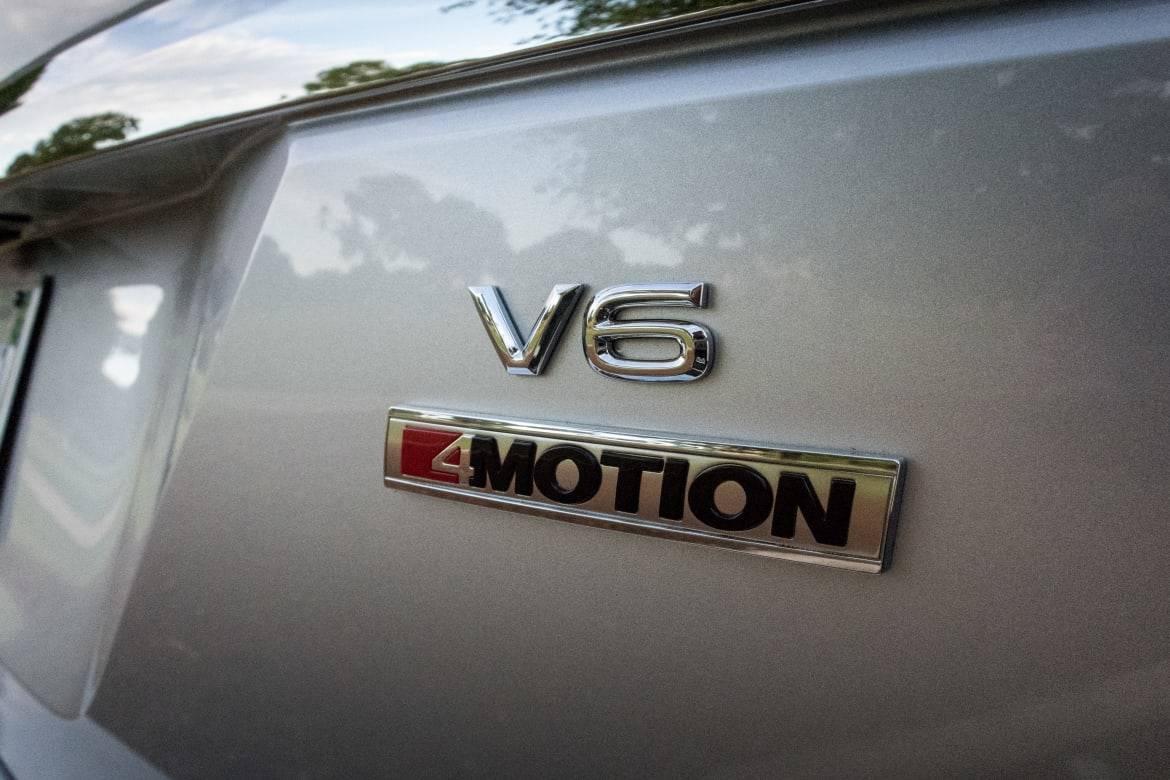
Under the hood of my Atlas was a 276-horsepower, 3.6-liter V-6 that makes 266 pounds-feet of torque and is mated to an eight-speed automatic transmission. Front-wheel drive is standard, and 4Motion all-wheel drive is optional on all trim levels except for the SEL Premium, where it’s standard. Volkswagen says a 235-hp, turbocharged 2.0-liter four-cylinder (lifted from the GTI hatchback) will also be available later in the year. That engine will come only with FWD.
I found the V-6 to fall a bit flat: It had to be coaxed to move up to passing speeds and low-end torque is lacking. The Atlas is a big, heavy vehicle with a curb weight of 4,502 pounds for AWD versions. That puts it at the higher end of the spectrum for this class, along with the Toyota Highlander (4,655 pounds for its top trim level). It will be interesting to see how the four-cylinder fares in the Atlas.

The AWD system offers four drive modes: Onroad, Snow, Offroad and Custom Offroad, which can be set up by the driver. I was able to test the Atlas only on pavement, so we’ll have to wait for another opportunity to test it off-road. There were four on-road driving settings: Eco, Normal, Sport and Individual. The steering was a bit light for my tastes in Normal mode, which made me thankful for the Individual setting. With it, I was able to switch the steering into Sport for some added weight while leaving all of the other settings in Normal, which kept the accelerator response at a more comfortable level.
Ride quality was great and the Atlas moved confidently on the road, even over sections of broken pavement. Through corners, there’s a bit of body roll, but not so much that the SUV feels loose or out of control. And I want to give a special shout-out to the steering wheel, an often overlooked component that Volkswagen consistently nails. It’s the right size and feels great.
I said in my first impressions of the Atlas that “as long as performance is adequate, the 2018 Atlas has a chance to make some sorely needed positive noise for Volkswagen.” It clears that bar with some room to spare.
Fuel economy figures were available only for the V-6 engine: 18/25/20 mpg city/highway/combined with FWD models and 17/23/19 mpg with AWD on regular gas. That puts the Atlas toward the tail end of the segment, which is unsurprising given its weight.
Interior Space
Volkswagen likes to call the Atlas “family-sized,” but that term has more truth to it than most marketing speak does. The Atlas distinguishes itself from the rest of the class with a large, versatile seating area.
The second row is particularly family-friendly thanks to its 7.7 inches of forward and rear adjustment. That means with a little bit of negotiation and teamwork, you can find enough space for occupants to sit comfortably in all three rows. I set the passenger’s front seat in a comfortable spot, then the same for the second row, and I found that I fit quite well in the third row. That’s quite a feat for this segment, where the Highlander and Mazda CX-9, among others, have little to no room back there for an adult. The third row also has a lot of headroom, the lack of which is a particular pet peeve of mine.
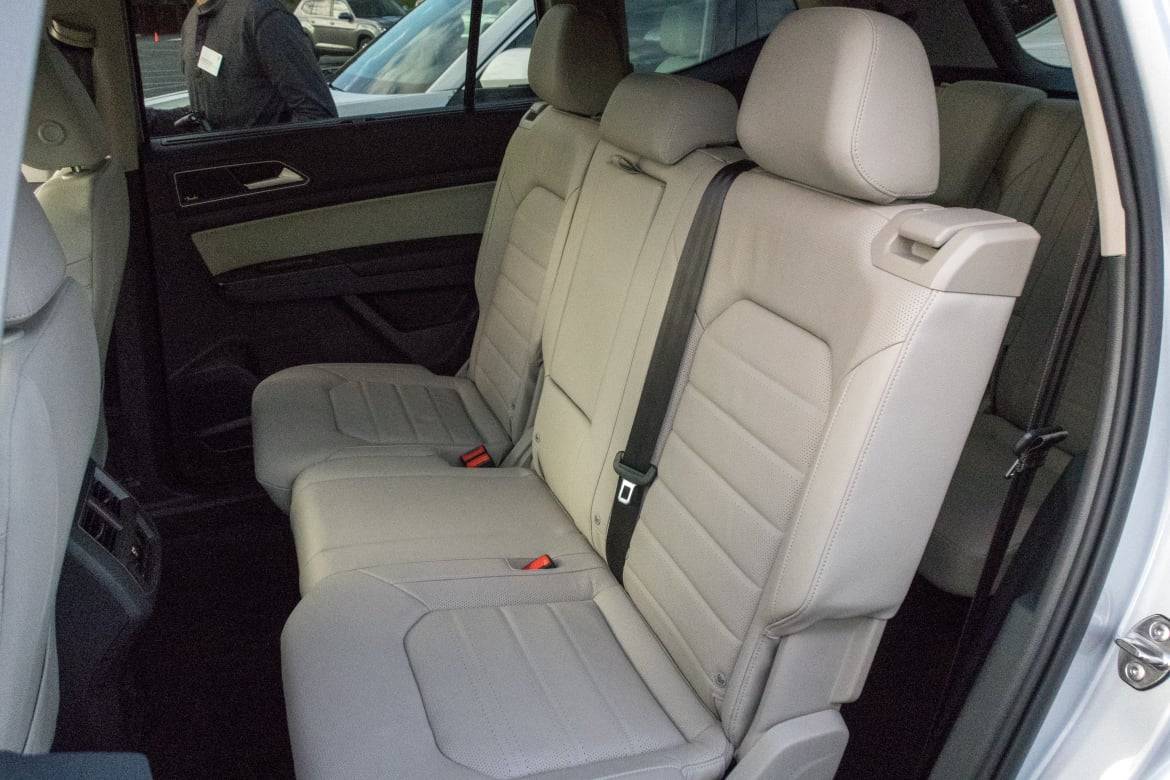
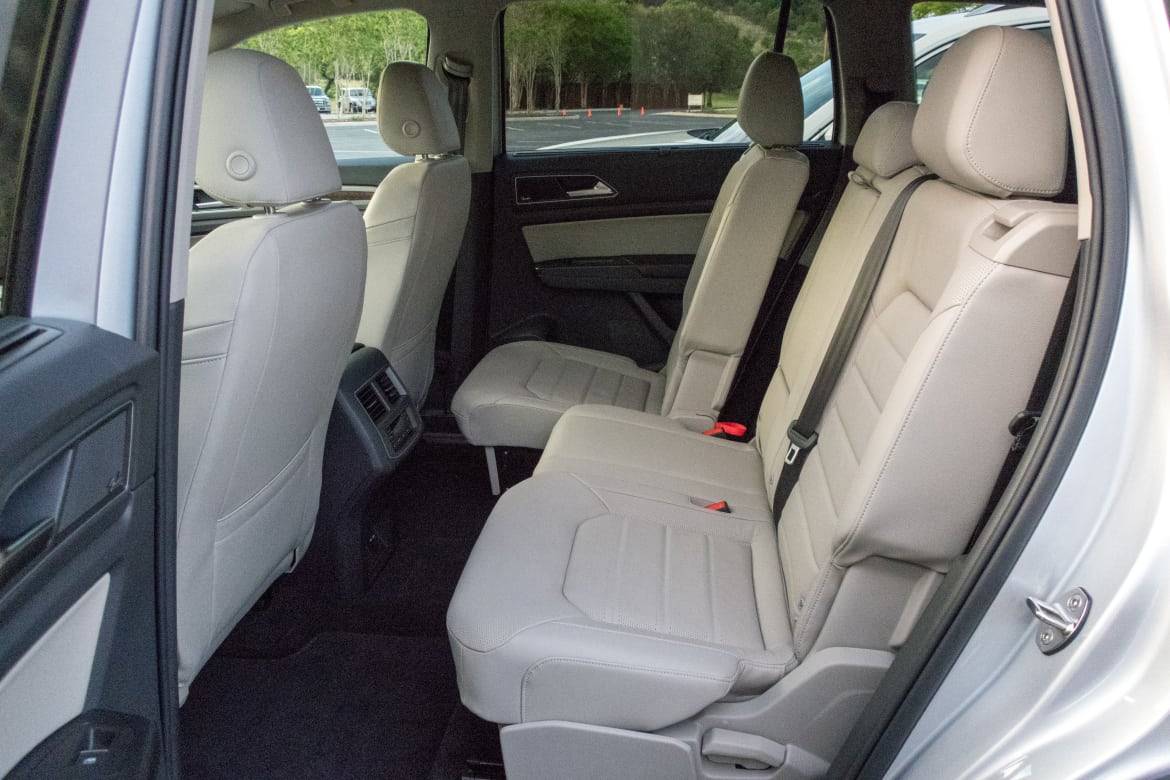
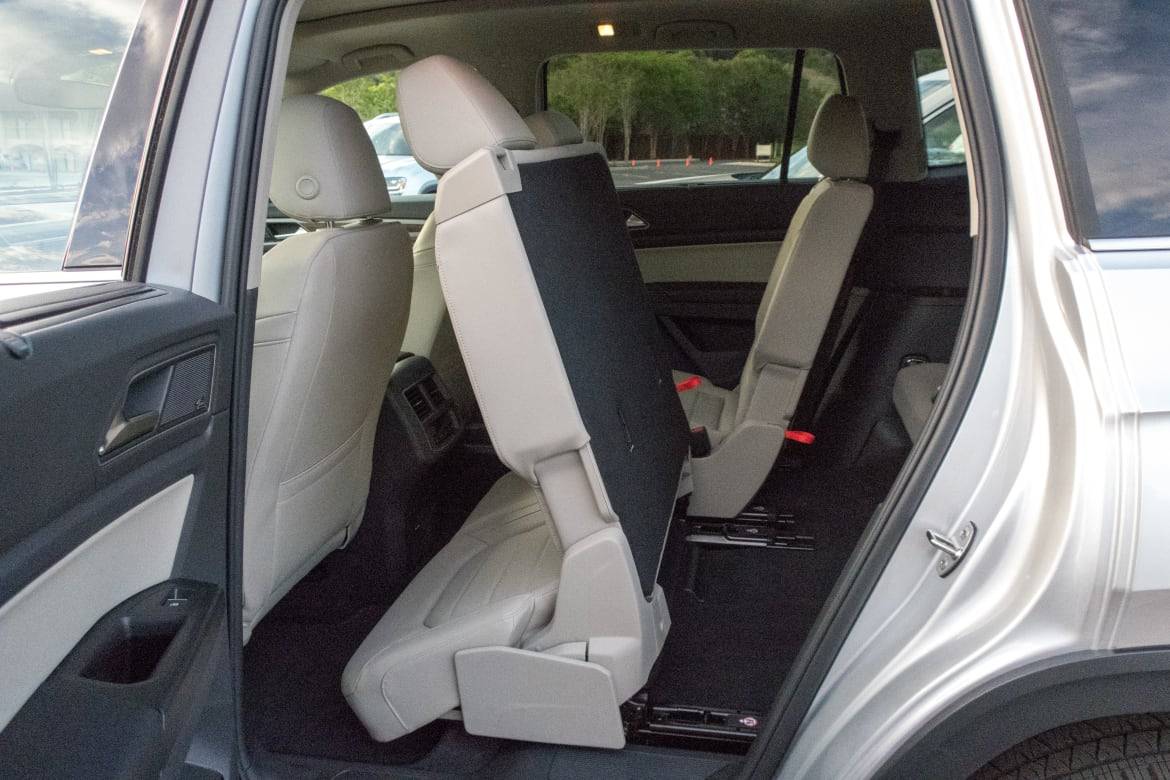
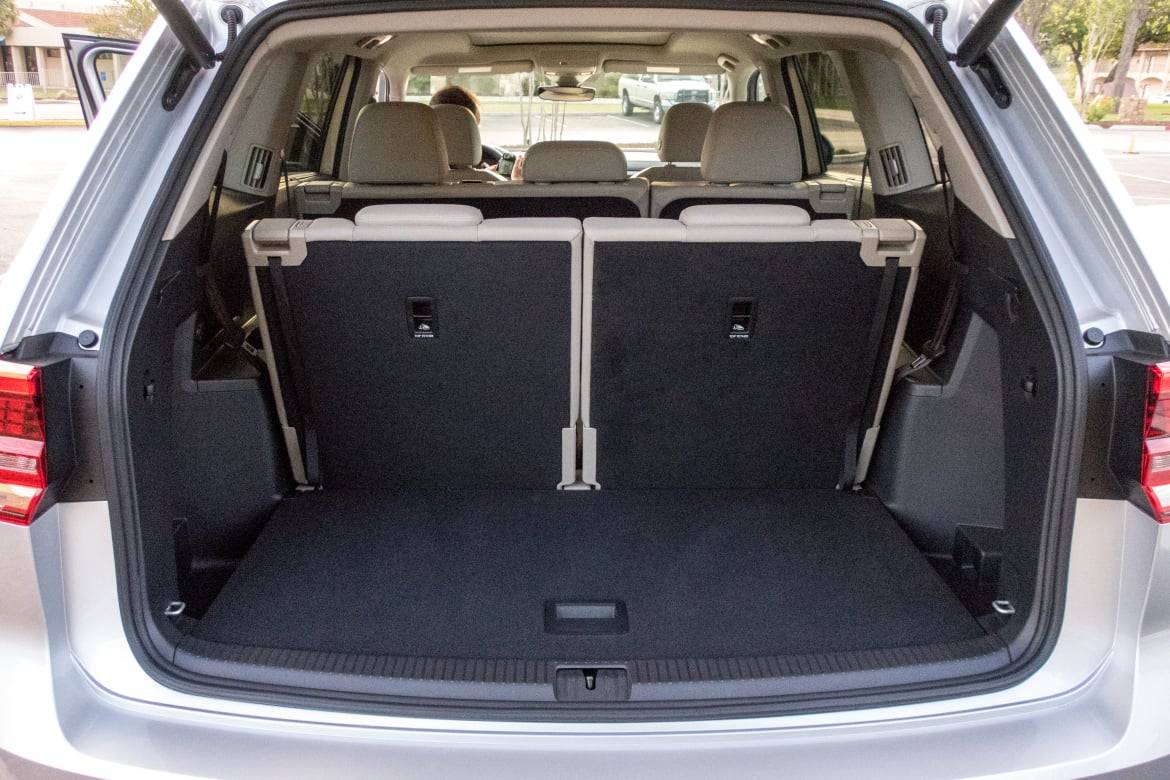
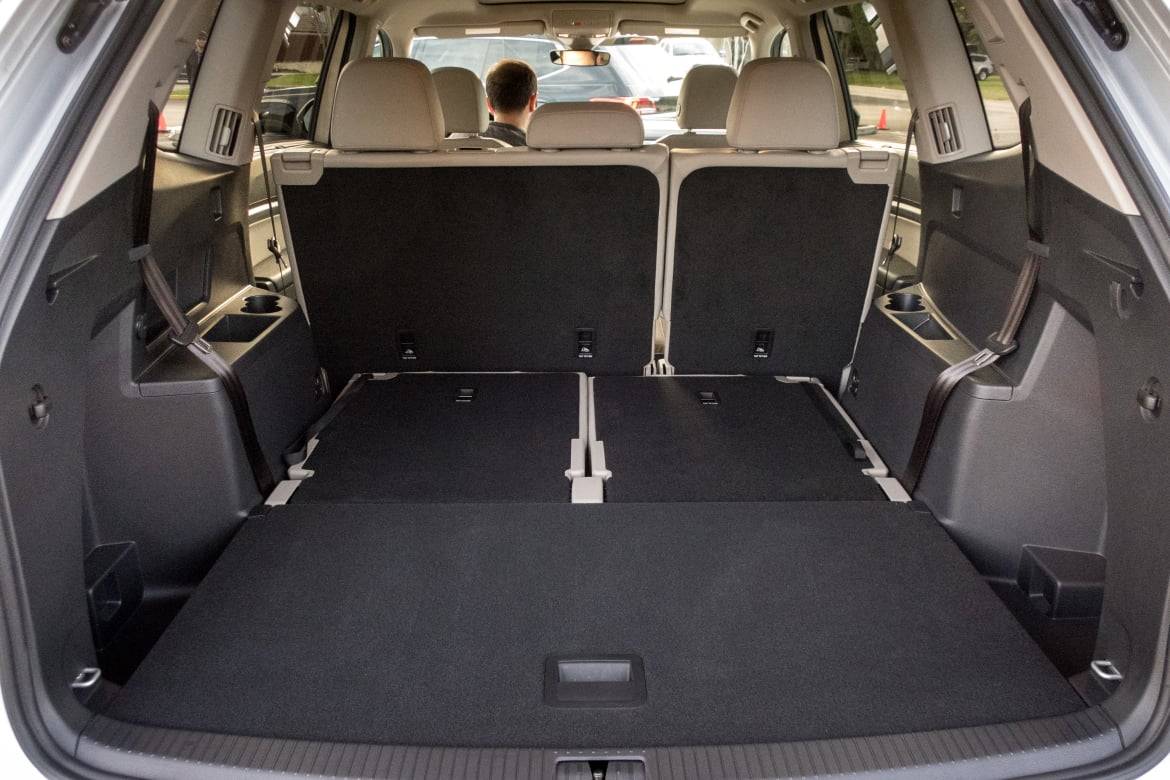
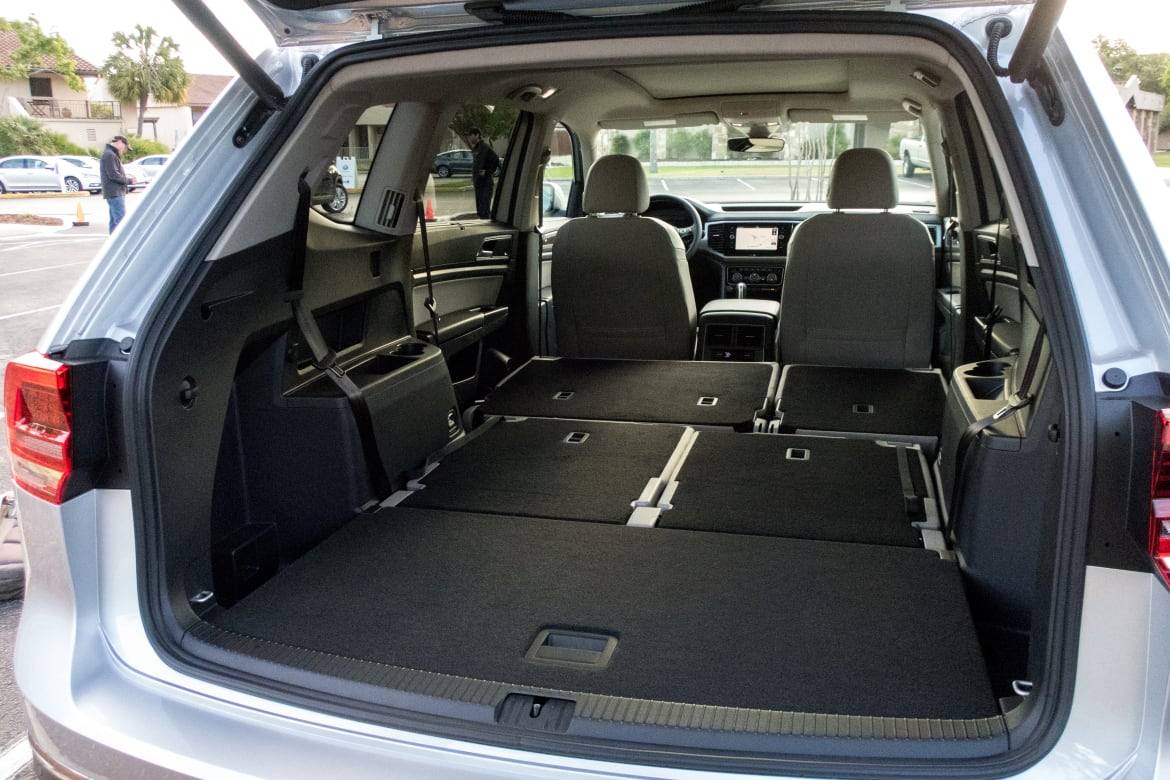






Another helpful second-row feature is that both the driver’s side and the passenger’s side can tilt and slide forward to allow third-row access even if a forward-facing child-safety seat is installed. None of the Atlases on hand had captain’s chairs (a $625 option that reduces the seating to six), but I was told that they will be able to tilt and slide with a seat installed, as well. A rear-facing infant seat is still too big for this type of operation.
The Atlas also excels when it comes to cargo room, with 20.6 cubic feet behind the third row and a maximum of 96.8 cubic feet with both rows folded down. During our last Three-Row SUV Challenge, the judges praised the Honda Pilot’s cargo area, but that tops out at 16.0 and 82.1 cubic feet, respectively.
Technology
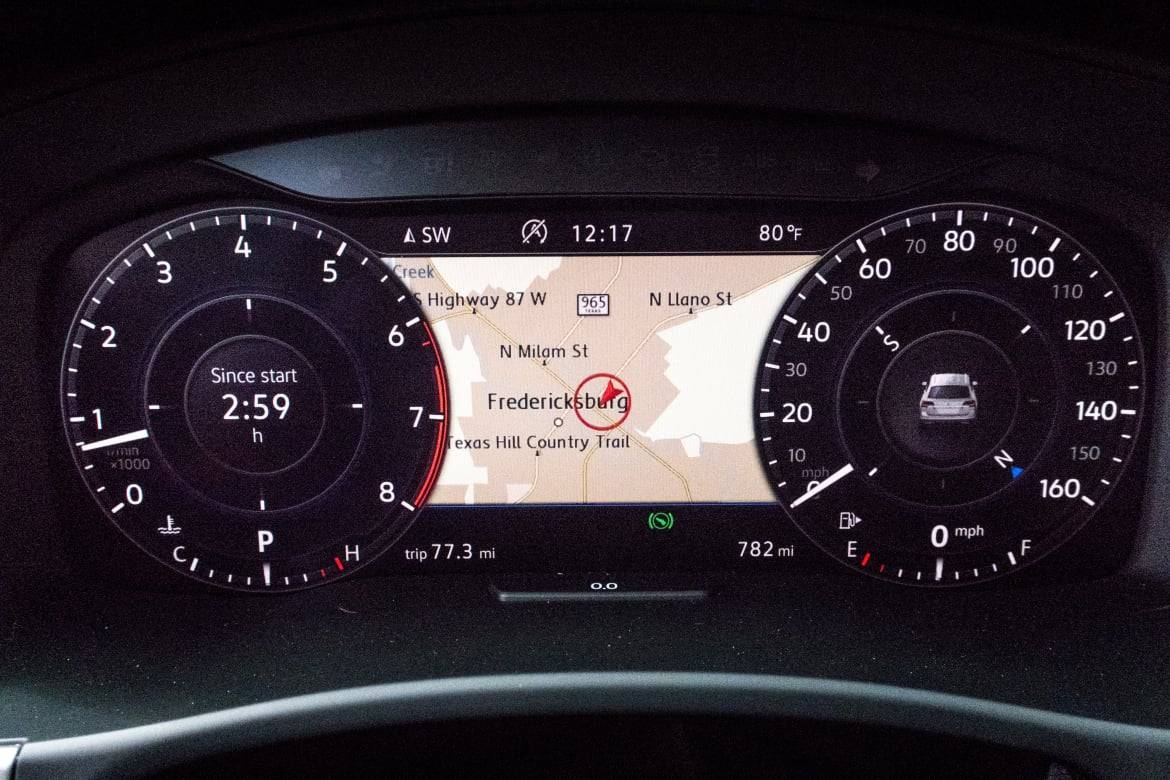
The flashiest addition is the Volkswagen Digital Cockpit, which replaces the instrument panel with a 12.3-inch digital display that offers a bevy of customizable views. In form and function, it’s the same technology found in Audi’s latest models with two differences: It doesn’t eliminate the display in the middle of the dashboard (not a good move), and instead of a Google Earth display (which I affectionately call “drone strike view”), the navigation screen just shows the map.
What more folks will appreciate are the second row’s superb charging options: Two USB ports and a 115-volt outlet located at the bottom of the center storage bin will keep devices juiced up. Third-row passengers are treated to a single 12-volt outlet on the passenger side.
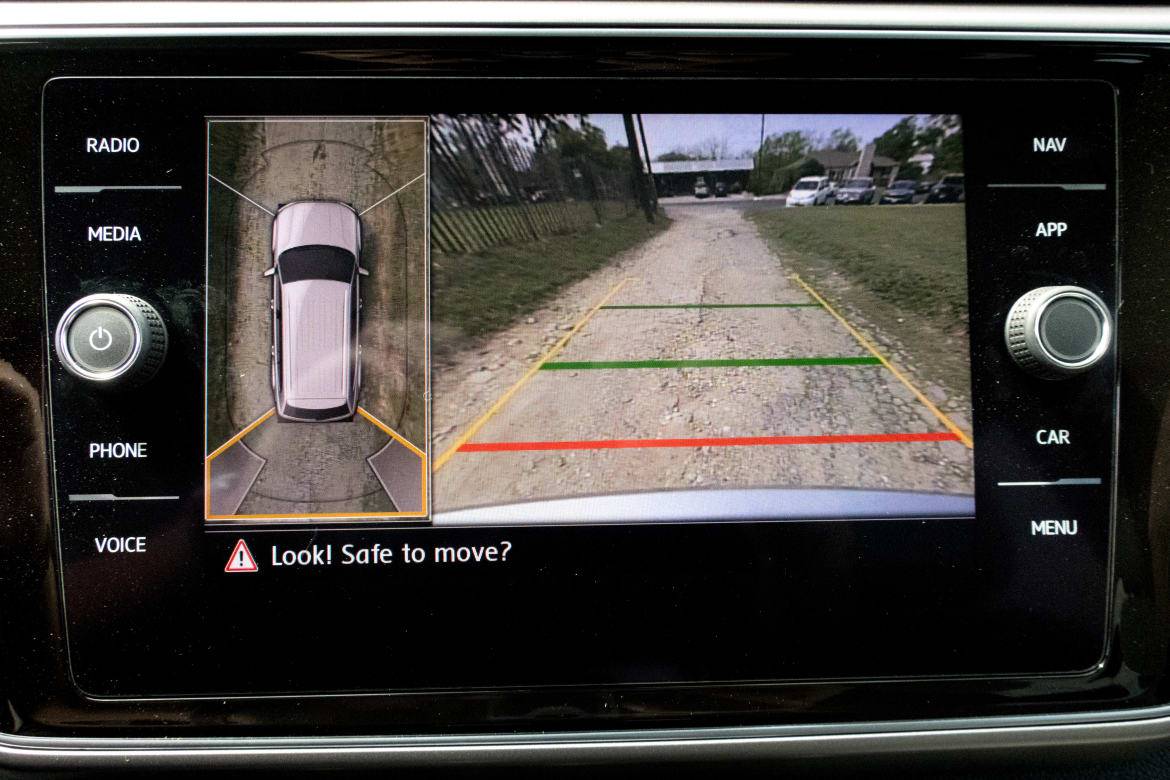
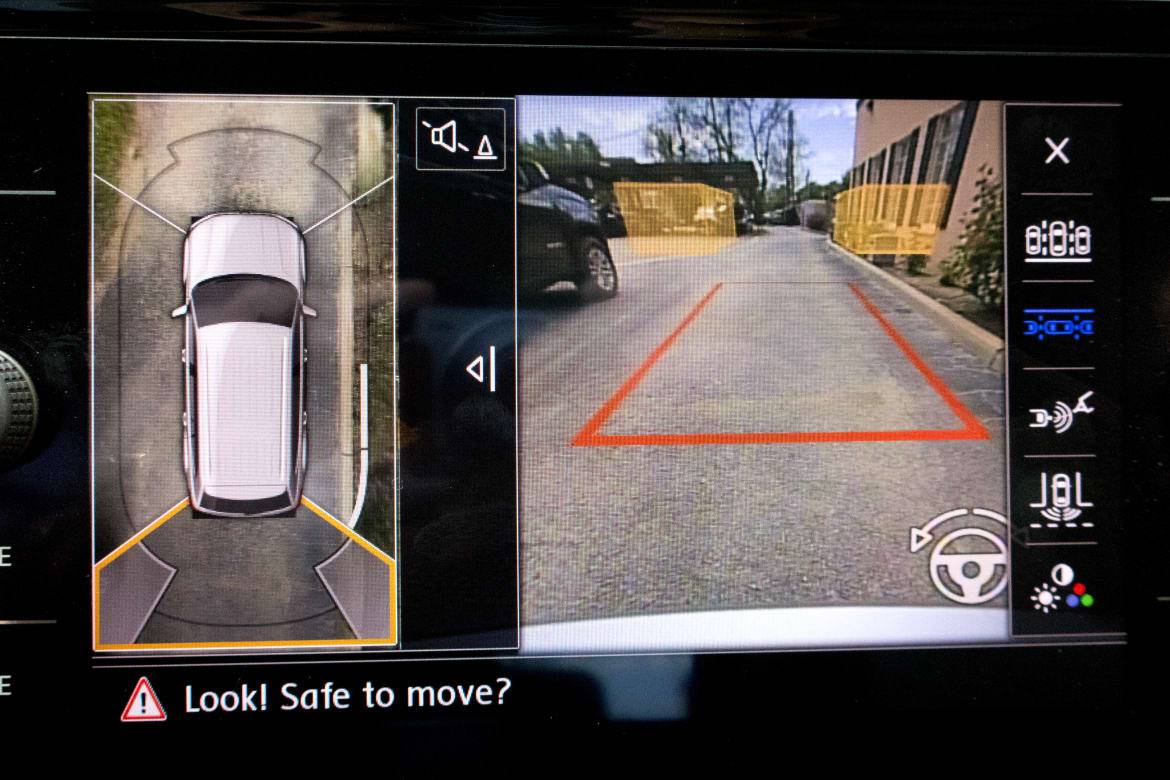
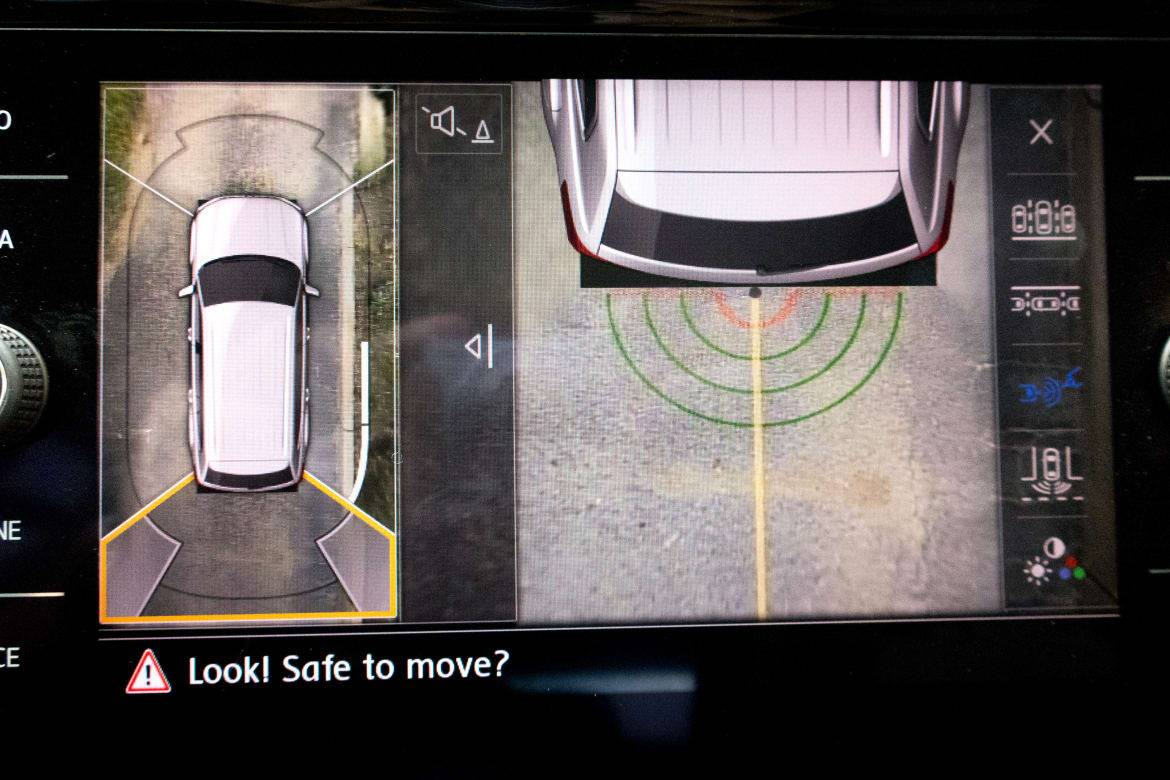
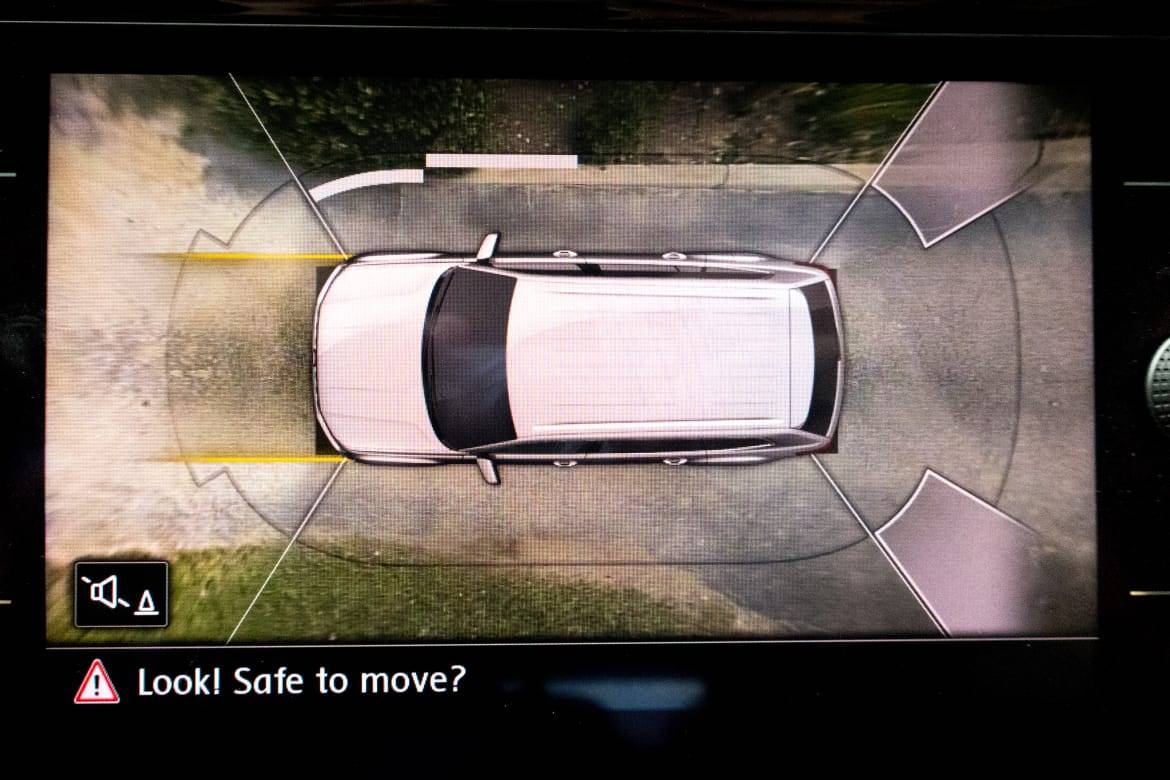
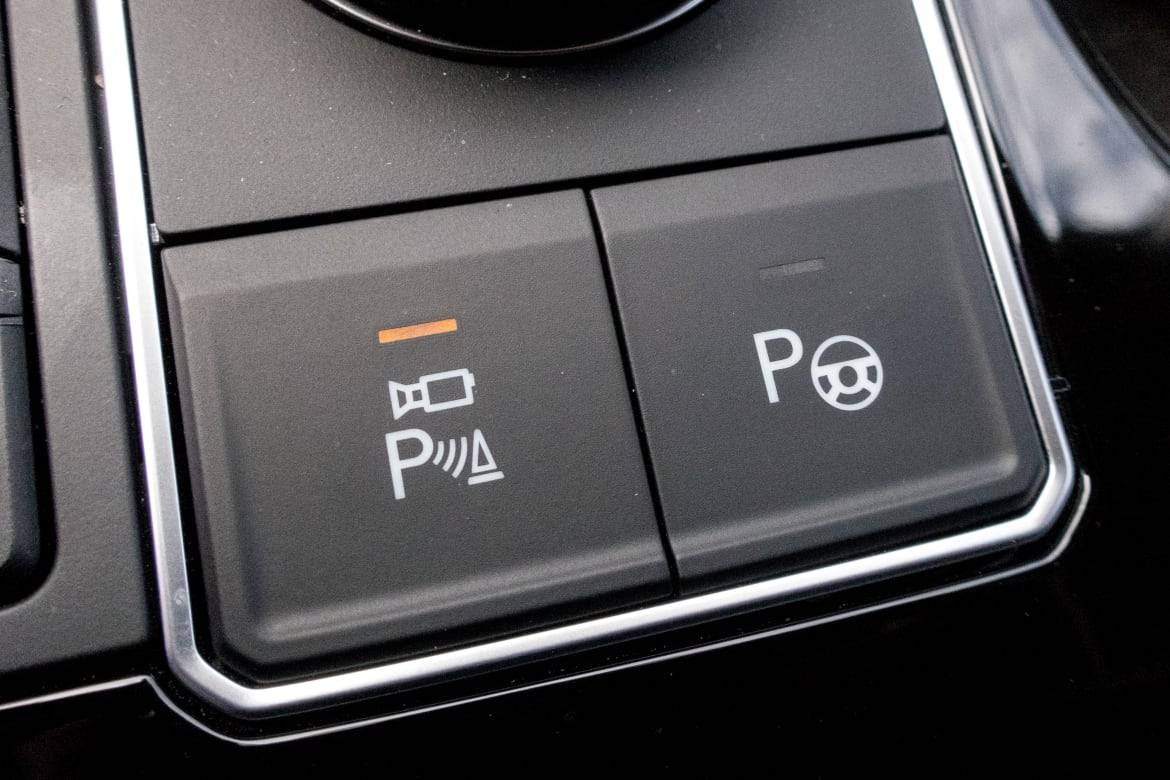





Safety technology has improved, as has parking assistance, which I much appreciated on a vehicle as big as the Atlas. The Atlas has my favorite camera system that I’ve encountered: three different rear camera views and a 360-degree system with a sensor overlay that shows you how close objects are and the trajectory of where the steering is pointing. And the high-resolution display mid-dash is easy to see even when comfortably seated — no more leaning over to peer at the screen and try to decipher if that black mass is a raccoon or just a shadow. The default mode splits the screen between the 360-degree view and the rear-facing view, but both views can be enlarged to take up the whole screen with a simple tap when needed.
The Atlas also offers a parallel and perpendicular automatic parking system that will handle the steering for the driver. For perpendicular spaces, it will now go in both forward and backward.
Conclusion
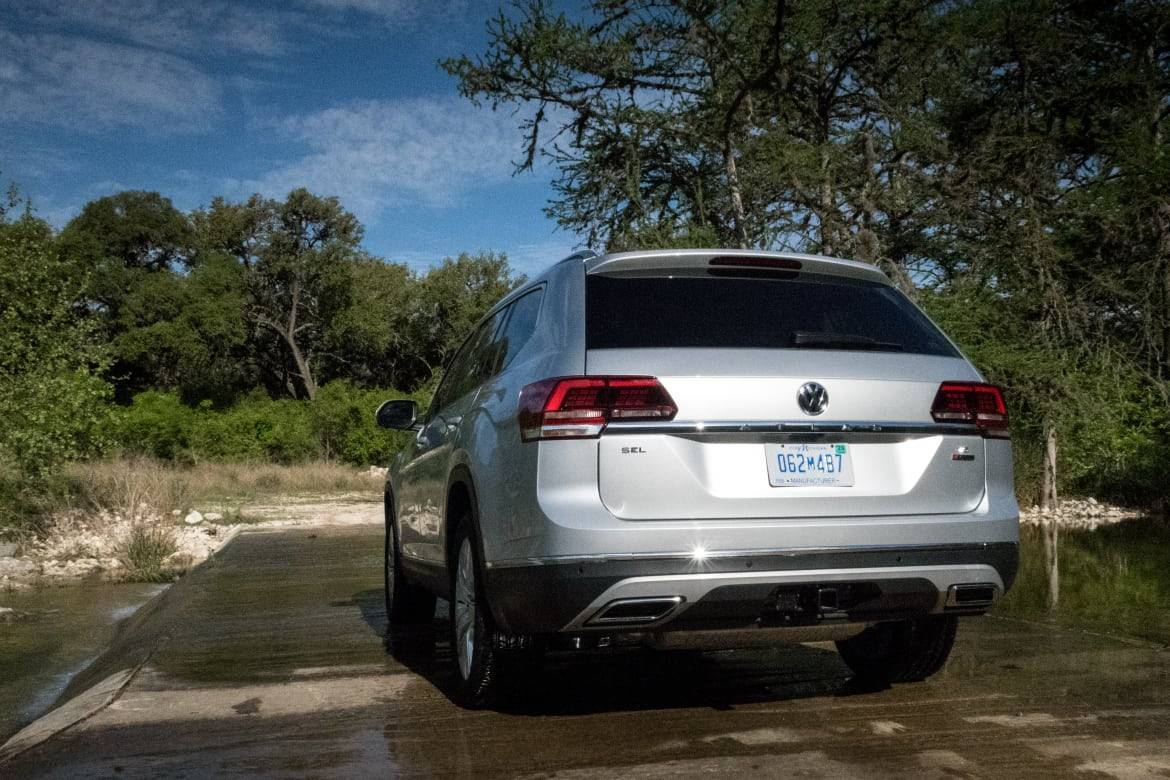
The 2018 Volkswagen Atlas did not offer many surprises during my time with it. It stretches the limits of what could be considered mid-size, but it puts those extra inches to good use with a roomy interior that excels at carrying both people and cargo. And though it’s not the quickest SUV around, the rest of the class members aren’t exactly thoroughbreds either (Ford Explorer Sport excepted) so the driving experience holds up well to comparison.
I would put the Atlas up against anything that competed in our 2016 Three-Row SUV Challenge. Those who constantly carry passengers will appreciate the thought and family-oriented details found throughout the cabin — along with no longer having to apologize for relegating someone to the third row.
Volkswagen is still dealing with the fallout of Dieselgate and is in desperate need of a success story. The good news is that the Atlas may be just the thing to provide it. The Atlas will arrive at dealerships in May.

Former L.A. Bureau Chief Brian Wong is a California native with a soft spot for convertibles and free parking.
Featured stories

15-Year Car Loans Aren’t a Thing, But Americans Are Getting More Comfortable With Long Loan Terms

2025 Kia Telluride Review: Rougher Roads Ahead










